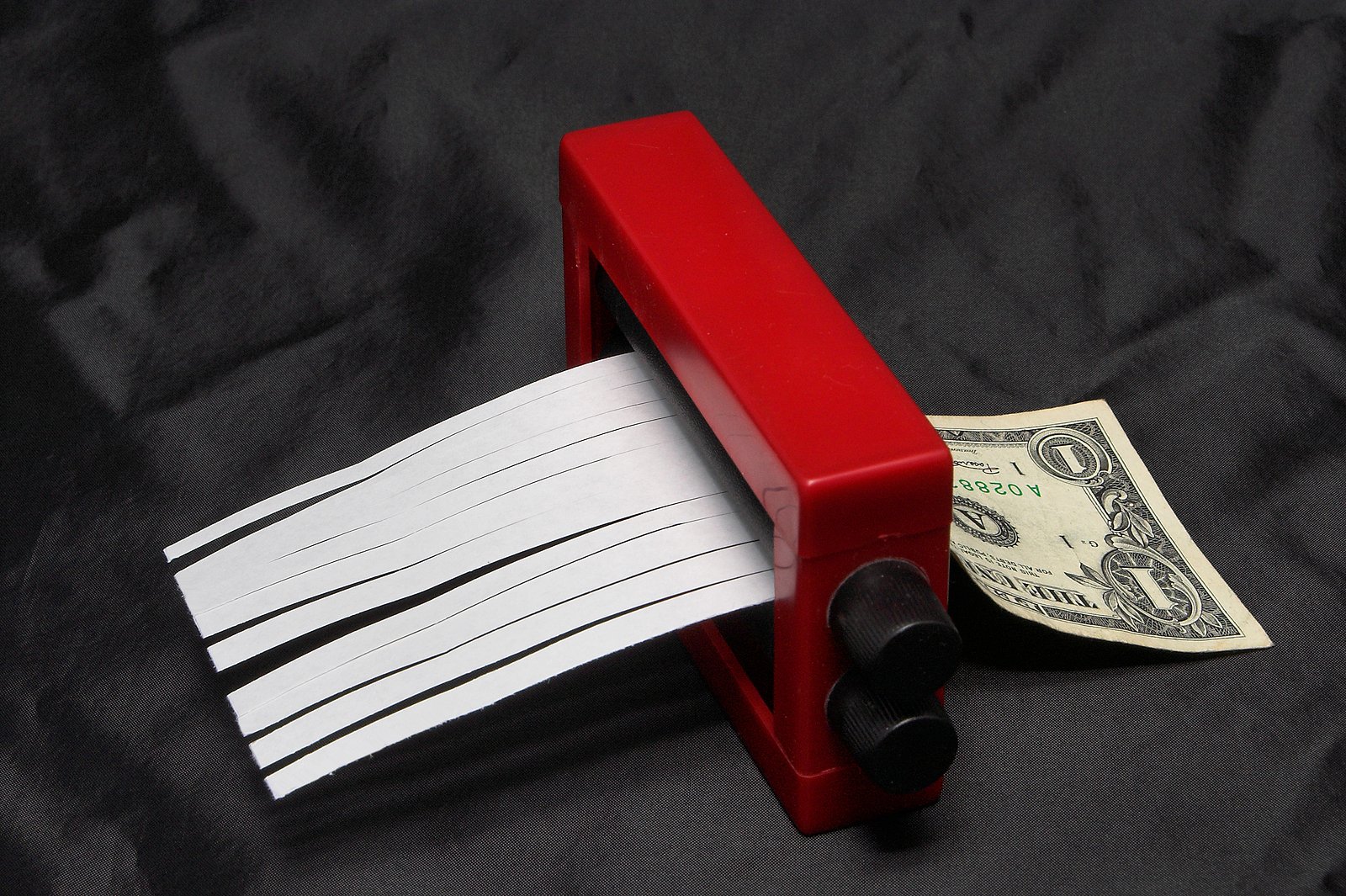It used to be an accepted hypothesis that along with the perception of some credit being a bad thing for your finances, economists believed that was also a type of “good debt.” Today, volatility is spread over many markets. Many long-held assumptions about good or bad debt should be reconsidered now, following a long year of unrest affecting our lives’ health, economic, climate, and social realities.
In the world of personal finance, concepts of "good debt vs bad debt" change with the times. What are they and what is the best way to understand these ideas in current times?
Overview of "Bad" Debt
Traditionally, bad debt is defined as the act of borrowing money to buy non-appreciating services or depreciating assets. The purpose of these purchases is solely for consumption. Bad debt can include:
- Credit cards –Most purchases are consumable and depreciating. Examples include vacation expenses such as flights and car rentals, food, gifts, and souvenirs. Other consumables include pets and supplies, hobby materials, appliances, electronics, video games systems, and musical instruments. Credit card interest rates are very high with extreme penalties and fees for late or missed payments, including high punitive rates replacing early-incentive low or 0% rates.
- Car payments – New cars are undoubtedly expensive, and even with low-interest rates, their value depreciates the moment they drive off the lot and continues to decline from thereon. The final interest paid over five years can double the vehicle’s price, leaving very little comparative resale value.
- Store-financed consumables – That is, those purchased with store credit cards or payment accounts. Clothing does not grow in value over time. Neither do most basic furnishings and other consumable store account products such as gasoline and snacks bought with a gas card.
Overview of “Good” Debt
Loans used to increase one’s net worth have traditionally been considered “good debt.” The assumption being that certain things are worth borrowing for because the payoff, in the end, would be worth more than the expense of taking out the loan. Examples of good debt include:
- Real estate and homeownership – Assumption that property values would only appreciate over time.
- Small businesses – Assumption that the company would be profitable to justify loan expense.
- College education – Assumption that a college degree would lead to a high-paying career or position.
- Investment debt – Assumption that you must spend money to make money over time.
Using the definition of good debt, every item in this list bears scrutiny. Property values have not been stable in many market areas. Small businesses have taken a beating in 2020 and continue to do so. There are hundreds of thousands of college graduates who remain unemployed or under-employed. It can take years to repay student loans that require considerable monthly payments. Investment-related loans can be very risky, as evidenced in recent headlines concerning hedge fund purchases.
Strategic tax planning as well as individual financial planning can identify the weak spots in any financial situation and put a plan together to get on solid ground again.
Today, many economists and financial advisors would observe that there is no longer a reason to call any debt “good debt.” Certain kinds of debt might be less of a risk for some investors than for others. Myrick CPA can help you determine whether you may use debt to leverage your resources to earn more or if your debt load is hindering your ability to invest wisely. Get in touch to schedule an evaluation today.





